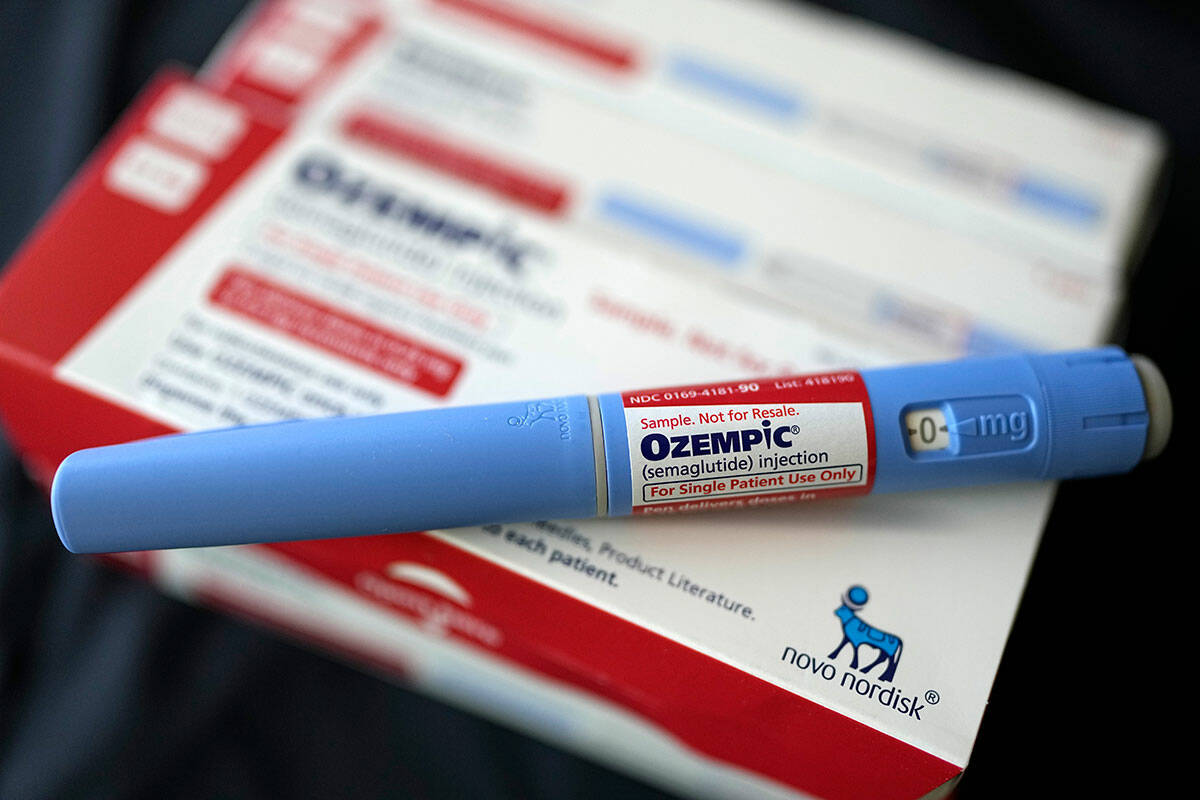COMMENTARY: Price controls kill more than innovation
The notable diabetes and weight loss drug Ozempic has been in the spotlight for its effectiveness and price tag. It falls under a new class of treatments called GLP-1s. The uninsured drug price is about $1,000 a month, which has raised questions by members of Congress such as Sen. Bernie Sanders, who has a long history of pushing for price controls on pharmaceuticals and continues to have no clue about what it takes to successfully complete the research and development for a new drug.
In his March news release on the “outrageous” price of Ozempic, Sanders said, “A new Yale study found that Ozempic costs less than $5 a month to manufacture … yet, Novo Nordisk charges Americans nearly $1,000 a month for this drug” compared with “just $155 a month in Canada and $59 in Germany.” He called on the company to reduce the price in the United States so that it is the same as in Canada. He went on his usual rant about high prices for drugs and high profits for pharmaceutical companies.
At face value, the study appears to point out a discrepancy between justifying the price tag of $1,000 compared only with the $5 manufacturer cost. But calculating the cost of the ingredients to make a drug fails to acknowledge the total cost of research and development attributed to getting a drug to market.
On average, it takes between 10 and 15 years and $2.6 billion to bring a drug to market. Because of this high cost and lengthy timeline, only 12 percent of drugs admitted to clinical trials receive Food and Drug Administration approval, which is an 88 percent failure rate. Research and development of new biopharmaceutical drugs is costly, time-consuming and risky because a large quantity of the drugs never reach pharmaceutical shelves.
Sanders’ short-sighted strategy to manipulate the marketplace and artificially lower a drug price seems like a simple solution in the short term. However, it lacks the critical thinking to evaluate the cause and effect of such measures. It is naïve to believe that developing a lifesaving drug requiring billions of dollars and more than a decade to produce with only a 12 percent chance of success should not be met with an expectation of a return on investment that justifies new research and development. With this naivety comes a harsh reality that investors will not continue to fund research that will develop future treatments and cures if, with such a risky investment, they cannot reinvest and realize a profit because a politician or regulator can wave a magic wand and determine the market price.
The effect of price controls like those being promoted by Sanders has been seen following the enactment of the Inflation Reduction Act. In the first four months of 2023, drug development was cut by at least 24 companies, including Eli Lilly, which canceled work on a blood cancer drug, and Alnylam, which suspended work on a treatment for Stargardt disease, a rare eye disorder.
The Sanders/Yale “analysis” explains at least something clearly. Once U.S. companies spend billions of dollars to bring a drug to market, every other country gets the benefit of being able to spend the money on the ingredients to make the drug. Even if a company wanted to manufacture drugs in those countries, their policies make it nearly impossible to do so.
A November 2020 NDP Analytics report discussed how price controls, taxes, spending caps, reference pricing and denying accessibility to specific drugs in European countries corresponded with the United States becoming the world leader in biopharmaceutical research and development. In the late 1990s, Europe contributed 59.2 percent of total investment, and by 2017, it dropped to 41.7 percent.
Patients in those countries also have less access to new drugs. A November 2019 report found that between 2011 and 2018, there were 290 active new pharmaceutical substances, and Americans had access to 89 percent of them. At the same time, citizens in Austria, Denmark, France, Germany, Switzerland and the United Kingdom got access to 60, 57, 48, 62, 48 and 60 percent, respectively. Artificially lower costs do not mean greater access.
Sanders’ pharmaceutical price controls will not only reduce future drug development but also cripple the generics industry. Without knowing which future drugs will be susceptible to price controls, investors will shy away from the risk, making the marketplace less competitive and subject to more government manipulation.
What is worse than a lifesaving drug that costs $1,000 a month without insurance? A lifesaving drug that was never researched or developed at all. Price controls create an invisible graveyard of all the patients who will never get access to a life-saving medicine.
Instead of imposing more price-control policies that will further discourage drug research and development, Congress should streamline the FDA’s drug-approval process to allow more drugs to reach the marketplace, encouraging more drug research and development and saving more lives.
Christina Smith is the director of health and science at Citizens Against Government Waste. She wrote this for InsideSources.com.






















